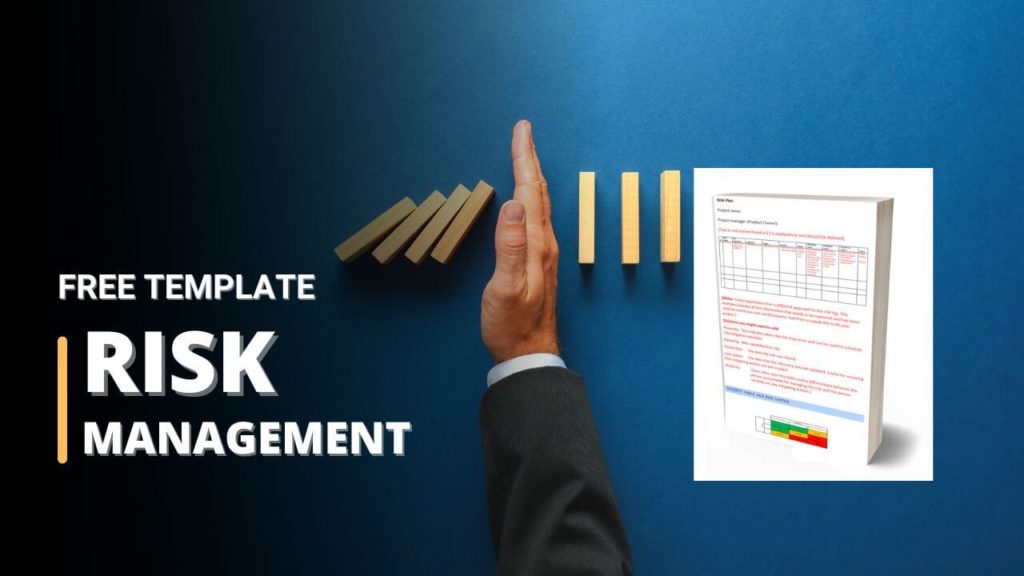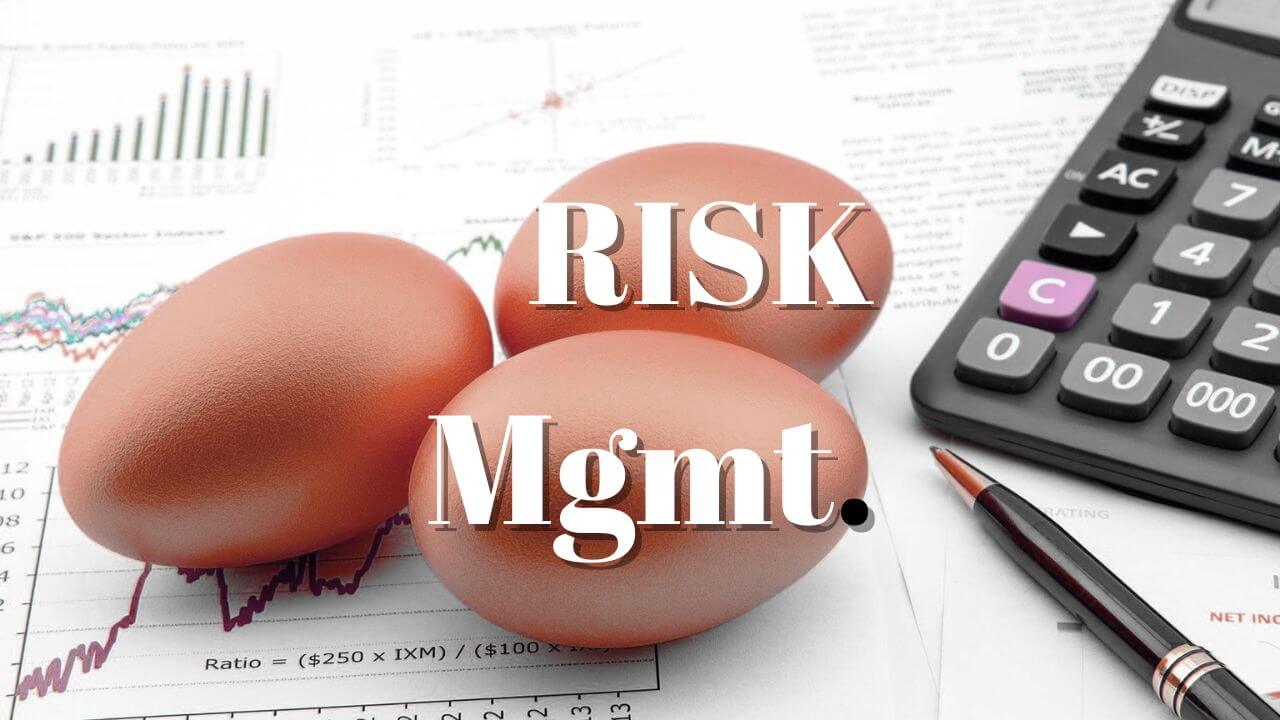Introduction to Risk Management
Welcome to the Introduction to Risk Management in Agile and Scrum. Whether you come from a traditional background or are new to these methodologies, you’ll discover valuable insights right here.
Agile Risk Management is a methodology and approach to managing risks in projects that follow Agile methodologies, such as Scrum or Kanban. In traditional project management, risk management is often a separate and distinct phase of the project lifecycle.
However, in Agile, risk management is integrated into the ongoing project work and is considered a part of the team’s daily activities.
I invite you to check out the video below, where I explain the most important factors to consider about risk management and provide instructions on how to download the free Risk Plan Template.
In Agile Risk Management, the goal is not only to identify and mitigate risks but also to embrace change and uncertainty.
Agile teams are well-equipped to respond to risks as they arise, delivering value to stakeholders even in the face of uncertainty.
Key Aspects of Agile Risk Management
In the context of Introduction to Risk Management, Agile Risk Management stands out by seamlessly integrating risk assessment and mitigation into the project’s daily rhythm. It encourages cross-functional collaboration, promoting transparency and adaptability, which are essential in Agile frameworks like Scrum and Kanban. By addressing risks as they emerge, Agile Risk Management keeps projects on course, enhancing their chances of success.
- Continuous Risk Identification: Agile teams are encouraged to identify and assess risks continuously throughout the project rather than at predefined phases. This allows teams to be more responsive to emerging risks.
- Adaptability: Agile teams are known for their adaptability. When a risk is identified, the team can quickly adjust its plans, priorities, and activities to address or mitigate the risk.
- Risk Backlog: Agile teams often maintain a “Risk Backlog” alongside their product backlog. This backlog contains identified risks, their potential impact, and possible mitigation strategies. The team regularly reviews and prioritizes the risks just like they do with user stories.
- Risk Burndown: Similar to a product burndown chart, Agile teams may use a “Risk Burndown” chart to visualize the reduction of risks over time. This helps track progress in managing risks.
- Cross-Functional Collaboration: Agile encourages collaboration among cross-functional team members, including those with expertise in risk management. This collaboration ensures that risk mitigation strategies are realistic and actionable.
- Transparency: Agile promotes transparency, and this extends to risk management. Everyone on the team is aware of the risks, their status, and the actions being taken to address them.
- Iteration Retrospectives: Agile teams conduct regular retrospectives where they reflect on their processes and performance. This is an opportunity to discuss how risk management is working and make improvements.

Understanding Risk Management and Introduction to Risk Management
First things first, what’s Introduction to Risk Management anyway? Well, think of it as your project’s safety net. It’s the process of identifying, assessing, and mitigating potential risks that could derail your project. Whether you’re planning a weekend hike or launching a software product, risks are everywhere, and you need to be ready.
The Power of Planning
Now, let’s talk planning. We’re all familiar with planning; it’s what we do when we want a successful outcome. But in the context of risk management, planning becomes your secret weapon. It’s about being proactive and figuring out what could go wrong before it actually does.
Examples of Risks in the Planning Phase
Picture this: You’re organizing a charity event. Some risks in the planning phase could include bad weather, last-minute cancellations, or technical glitches with your live streaming. These are all things you can anticipate and plan for.
Developing a Risk Plan
So, how do you go about it? You develop a risk plan! This is where our FREE Risk Plan Template comes into play. It guides you through the process of identifying potential risks, assessing their impact, and creating a strategy to mitigate them. Trust me; it’s like having a project guardian angel.
Risks in Agile and Scrum
Now, if you’re in the software world, Agile and Scrum methodologies are probably your bread and butter. Even here, risk lurks around the corner. For instance, in Agile, scope creep (endless additions to the project), or in Scrum, an absent Product Owner can throw your project off track.
The Benefits of Planning
Okay, let’s get to the good stuff – the benefits. When you plan for risks, you’re not just preventing disasters; you’re also saving time and resources. Plus, it gives you peace of mind, knowing you’re prepared for whatever curveballs your project may throw at you.
Risk Planning Comparison
Now, you might be thinking, “Why do I need a template? Can’t I just wing it?” Well, you can, but it’s like driving without a seatbelt. Sure, you might be fine most of the time, but when things go south, you’ll wish you had that extra layer of protection.
Click here for more information on how to fast-track your journey to becoming a Scrum professional.
Conclusion
So there you have it – a simple, down-to-earth chat about Introduction to Risk Management and planning. Whether you’re organizing a charity event, launching a software product, or anything in between, risks are part of the journey.
But with our FREE Risk Plan Template, you’re not just managing risks; you’re safeguarding your projects and ensuring a smoother ride.
Remember, it’s not about being paranoid; it’s about being prepared.
So, grab that template, start planning, and watch your projects soar!
Download the Free Risk Plan Template: send an email to agileandscrummasterclass (at) gmail.com (SUBJECT: Introduction to Risk Management)
If you’re interested in learning more about Introduction to Risk Management and Planning, Risk Management in Agile and Scrum, including risk management best practices, tools, tips, strategies, and more, we have a whole section dedicated just to risks in our Agile and Scrum MEDIOR and SENIOR programs, available at www.whatisscrum.org.
Stay tuned for more practical tips and resources to make your project management journey a breeze. Until next time, check out our blog, Happy Planning, and Project Safeguarding!
